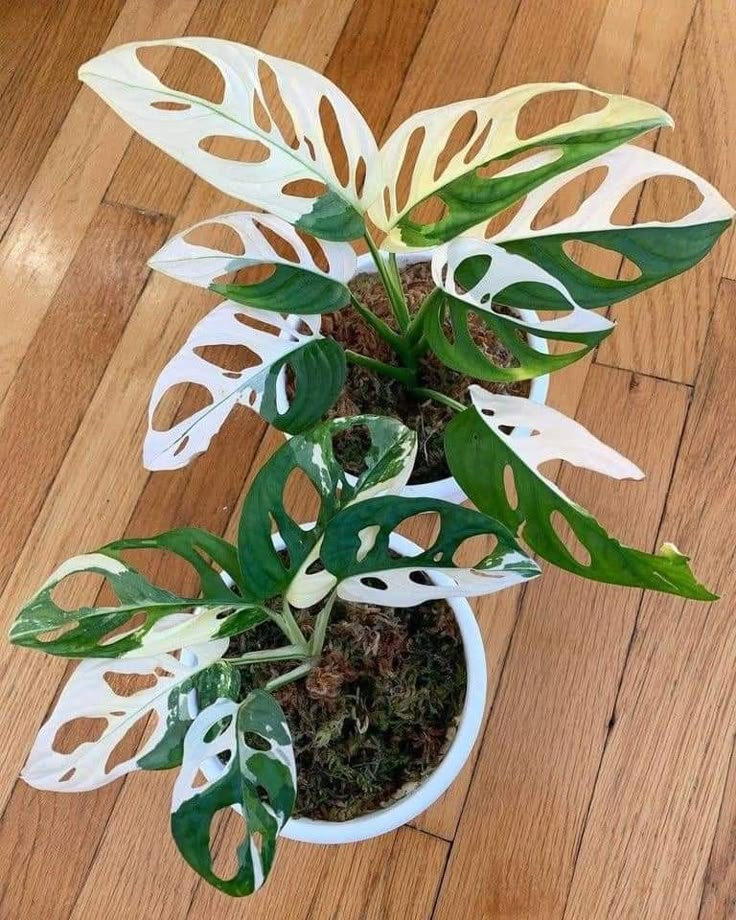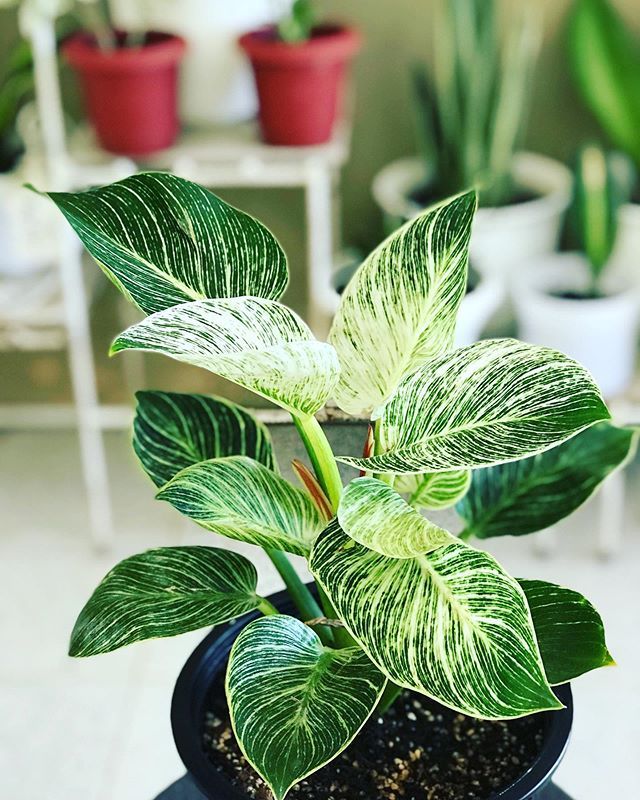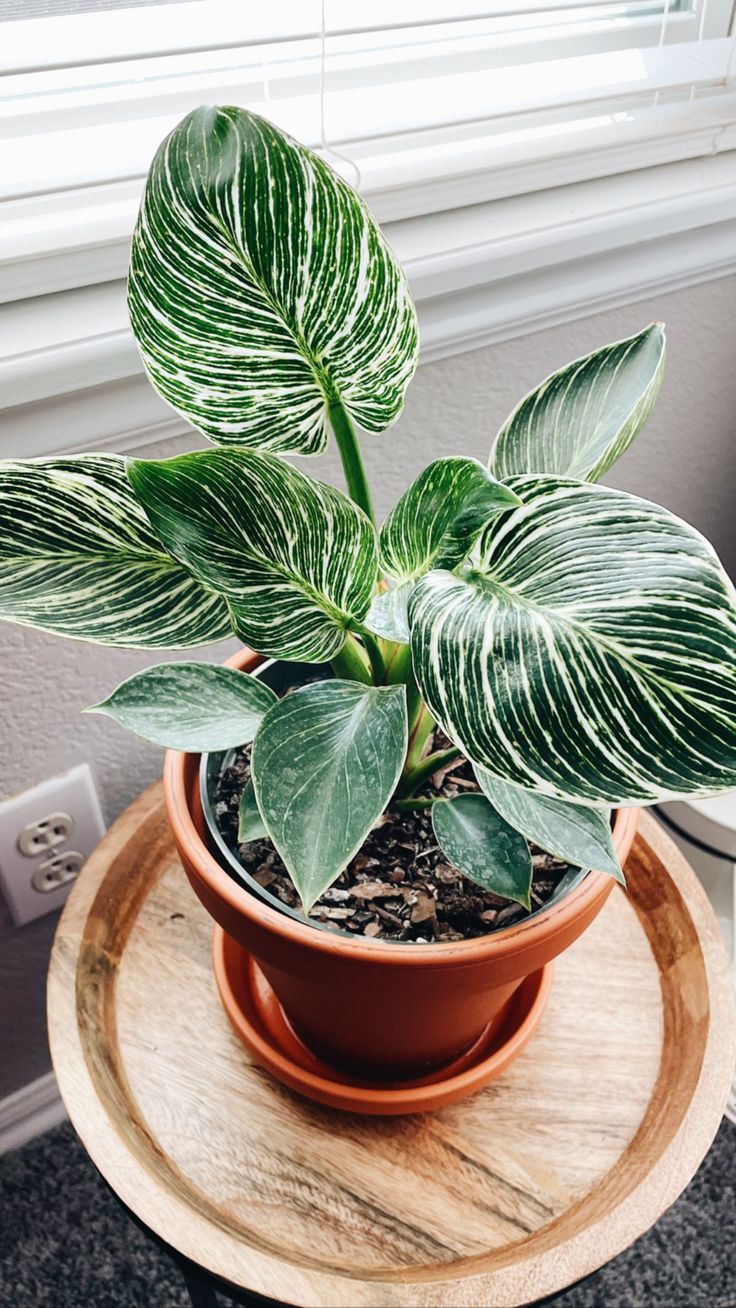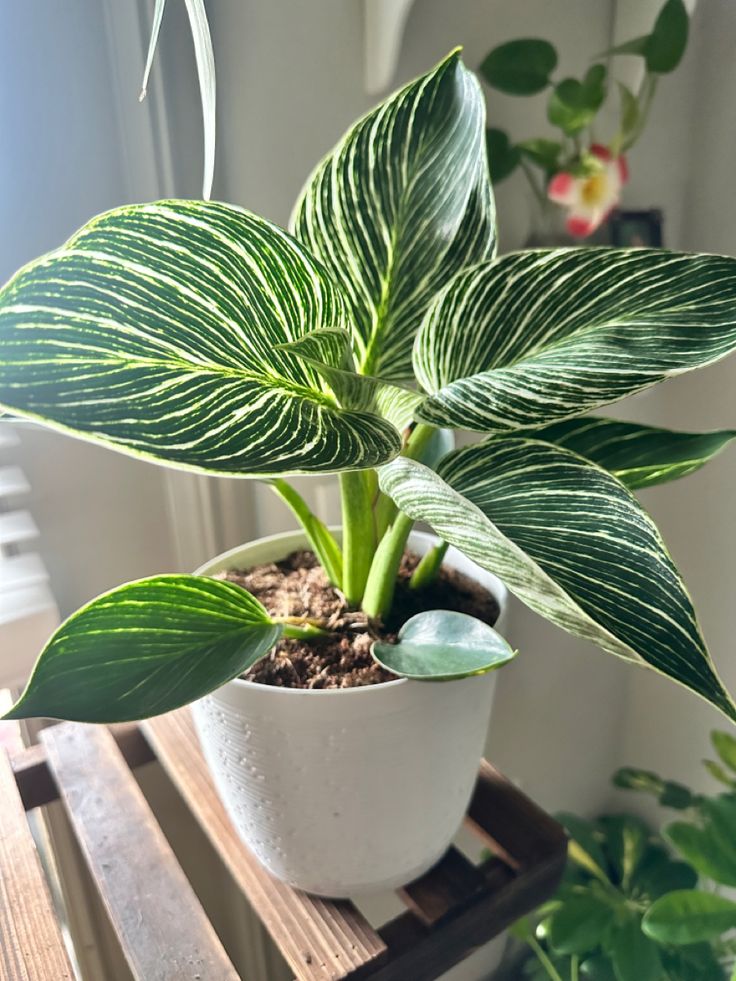Introduction
Philodendrons are among the most popular houseplants due to their lush foliage, easy care, and adaptability to various environments. Belonging to the Araceae family, these tropical plants are native to Central and South America, where they thrive in rainforests. This article explores the history of Philodendrons and provides essential tips for growing them successfully.

History and Origins
Philodendrons were first classified in the 17th century when European explorers encountered them in tropical regions. The name “Philodendron” is derived from the Greek words “philo” (love) and “dendron” (tree), reflecting their natural tendency to climb trees in their native habitats. They were later introduced to other parts of the world as ornamental plants due to their striking appearance and ability to purify indoor air.

Botanically, Philodendrons are divided into two main types: vining and non-climbing. Vining varieties, such as the Heartleaf Philodendron (Philodendron hederaceum), produce long trailing stems, making them ideal for hanging baskets or training on trellises. Non-climbing types, like the Split-Leaf Philodendron (Philodendron bipinnatifidum), have large, dramatic leaves and grow in an upright, bushy form.

How to Grow Philodendrons

Growing Philodendrons is relatively easy, making them perfect for both novice and experienced plant enthusiasts. Here are the key factors to consider:
1. Light Requirements
Philodendrons thrive in bright, indirect light but can tolerate lower light conditions. However, excessive direct sunlight can scorch their leaves, while insufficient light may slow their growth.
2. Soil and Potting
A well-draining potting mix is essential for Philodendrons. A mixture of peat, perlite, and organic matter provides the best conditions for root development. Ensure the pot has drainage holes to prevent root rot.
3. Watering
Water Philodendrons when the top inch of soil feels dry. Overwatering can lead to root rot, while underwatering may cause leaf wilting. Generally, watering once a week is sufficient, but frequency depends on environmental conditions such as humidity and temperature.
4. Humidity and Temperature
Being tropical plants, Philodendrons prefer high humidity levels. Regular misting or using a humidifier can help maintain optimal moisture. They thrive in temperatures between 65-80°F (18-27°C) and should be kept away from cold drafts.
5. Fertilization
Feed Philodendrons with a balanced liquid fertilizer every 4-6 weeks during the growing season (spring and summer). Reduce feeding in fall and winter when growth slows down.
6. Pruning and Maintenance
Prune Philodendrons occasionally to remove yellowing or damaged leaves and encourage bushier growth. Wipe leaves with a damp cloth to remove dust and enhance their ability to photosynthesize.
Propagation
Philodendrons can be easily propagated through stem cuttings. Simply cut a healthy stem with at least one node and place it in water or soil. Roots will develop in a few weeks, allowing you to transplant the new plant into a pot.

Conclusion
Philodendrons are a wonderful addition to any indoor space, offering beauty, air purification, and easy maintenance. By providing the right care, you can enjoy their lush foliage for years to come. Whether you choose a climbing variety or a non-climbing one, these tropical plants will thrive with minimal effort and bring a touch of greenery to your home.
